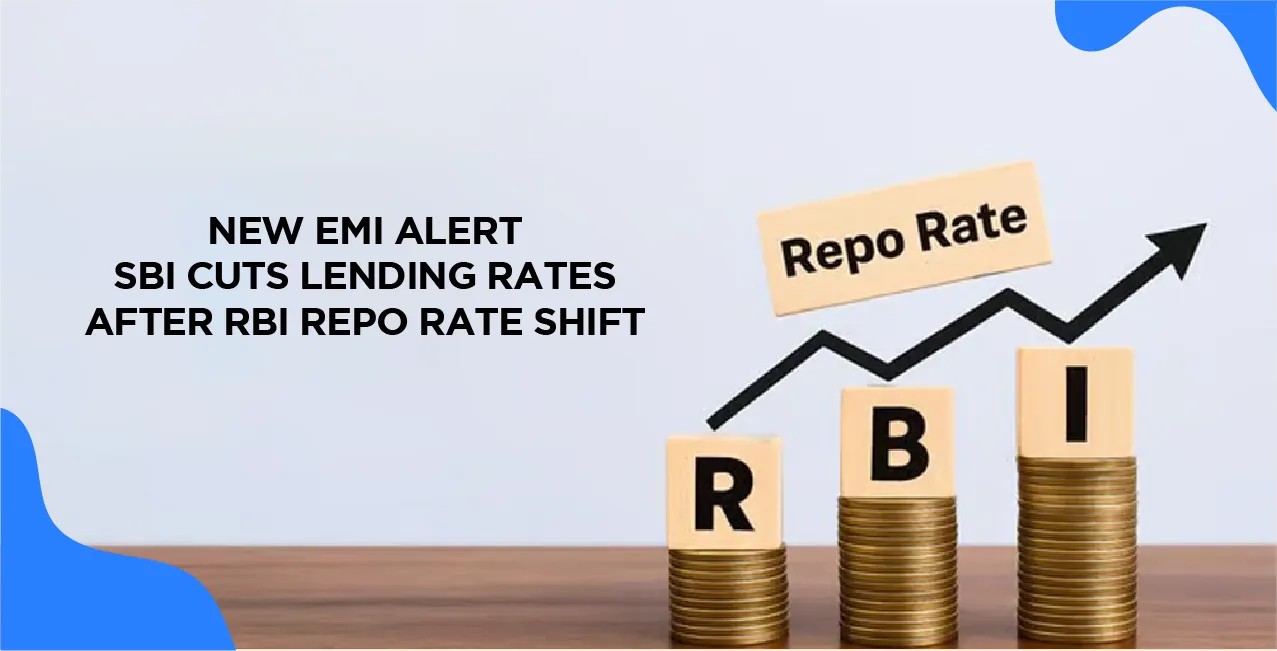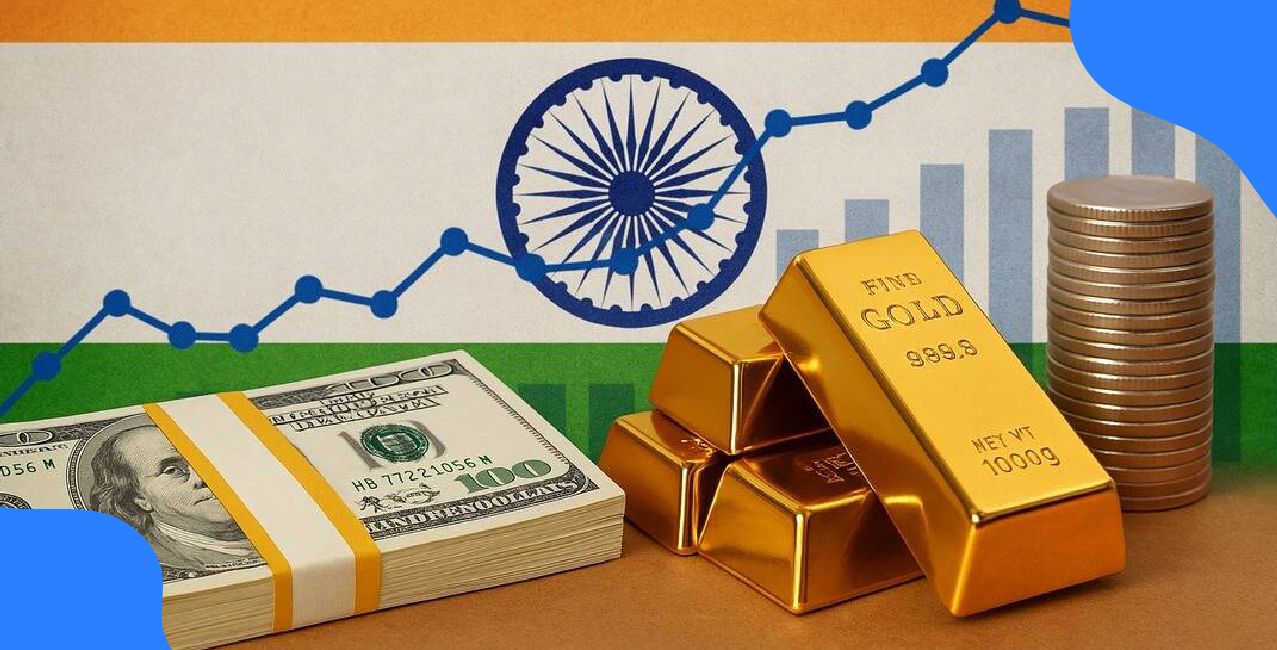
Author
LoansJagat Team
Read Time
3 Min
17 Jun 2025
New EMI Alert: SBI Cuts Lending Rates After RBI Repo Rate Shift
When you take a home loan, you usually focus on the interest rate you will pay. But behind that figure is a powerful lever called the Repo Rate, which is set by the Reserve Bank of India (RBI).
The repo rate is the rate at which the RBI lends money to commercial banks like SBI. When this rate goes down, borrowing becomes cheaper for banks—and ideally, they pass on this benefit to customers through lower loan interest rates.
But there’s a difference between the repo rate and the loan interest rate you are charged. Refer to this table to understand the difference:
Repo Rate | Interest Rate on Loans |
Set by the RBI | Set by commercial banks based on internal cost structures |
Influences borrowing cost for banks | Final cost borne by retail borrowers like you |
Currently at 5.50% after 50 bps cut | Varies across banks and loan types |
In line with the 50 basis points (bps) repo rate cut announced by the RBI on June 6, 2025, the State Bank of India (SBI) has responded by reducing its lending rates. This move aims to ease the repayment burden for existing borrowers and offer cheaper credit to new ones.
MCLR vs EBLR: What’s the Difference?
When it comes to loan interest rates, you may have heard terms like MCLR and EBLR. These are simply different ways banks calculate the interest on your loan.
MCLR (Marginal Cost of Funds Based Lending Rate) | EBLR (External Benchmark Lending Rate) |
Based on the bank’s internal cost of funds | Linked directly to an external benchmark (like repo rate) |
Less transparent, slower to respond to repo changes | Automatically adjusts with changes in repo rate |
Common for older home loans | Mandatory for loans sanctioned after October 2019 |
In short, EBLR moves faster with RBI’s rate cuts or hikes, while MCLR adjusts more slowly.
Read More – SBI vs HDFC vs ICICI: Who Offers the Cheapest Personal Loan in 2025
SBI Cuts Down MCLR and EBLR for Home Loans
Following the repo rate cut, SBI has reduced both its MCLR and EBLR-linked home loan interest rates. Here’s what the changes look like:
- 1-year MCLR reduced from 9.40% to 9.10%
- EBLR slashed from 8.65% to 8.15%
Let’s understand the impact through an example.
Suppose Ravi took a home loan of ₹50 lakh for 20 years at an interest rate of 12% (prior to the rate cut).
Here’s how Ravi’s monthly EMI and total interest would change with the new reduced rates:
Interest Rate | Monthly EMI | Total Interest Over 20 Years | Savings Compared to 12% |
12.00% | ₹55,000 | ₹82.06 lakh | — |
9.10% | ₹45,264 | ₹58.63 lakh | ₹23.43 lakh |
8.15% | ₹42,181 | ₹51.23 lakh | ₹30.83 lakh |
So, if you were in Ravi’s place, would you pay an extra ₹30 lakh to your private bank? If not, then consider refinancing your loan with SBI bank.
2 Options After Interest Rate Reduction
Now that interest rates are lower, Ravi—and borrowers like him—have two clear choices:
Also Read - SBI Mini Statement – How to Get Mini Statement via SMS, ATM & App
- Reduce EMIs
- Reduce Loan Tenure
Option | What It Means | Pros | Cons |
Lower the EMIs | Monthly outgo reduces, tenure remains the same | More disposable income each month | Higher total interest paid in the long run |
Lower the Loan Tenure | Keep EMI the same, repay loan faster | Huge savings on total interest paid | Monthly financial burden remains unchanged |
Always remember your financial goal before choosing from the 2 options.
Conclusion
SBI’s move to cut both MCLR and EBLR-linked loan rates is a direct relief to thousands of home loan borrowers, especially after the RBI’s 100 bps repo rate cut action. For borrowers, it’s the perfect time to review their home loan structures, consult with their bank, and decide whether to lower their EMIs or reduce the loan tenure.
Either way, smart borrowers can now turn the rate cut into real savings.
Stay tuned for more updates as other banks follow the trend!
About the Author

LoansJagat Team
‘Simplify Finance for Everyone.’ This is the common goal of our team, as we try to explain any topic with relatable examples. From personal to business finance, managing EMIs to becoming debt-free, we do extensive research on each and every parameter, so you don’t have to. Scroll up and have a look at what 15+ years of experience in the BFSI sector looks like.

Quick Apply Loan
Subscribe Now
Related Blog Post

LoansJagat Team • 11 Dec 2025

LoansJagat Team • 11 Dec 2025

LoansJagat Team • 12 Dec 2025